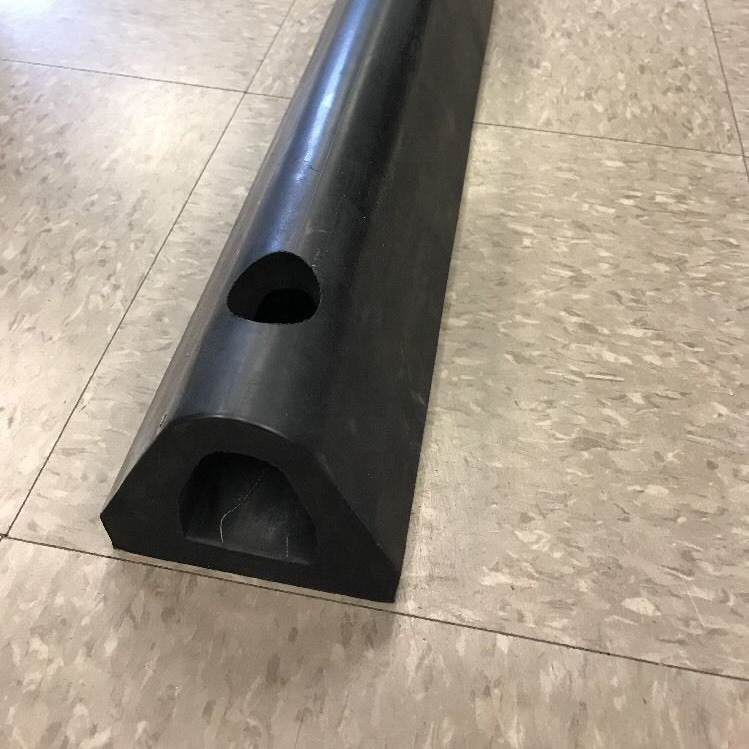Sep . 25, 2024 12:35 Back to list
Shipping Container Door Seals Made from Durable Rubber for Enhanced Security and Insulation
Understanding Shipping Container Door Rubber Seals
Shipping containers have become a vital part of global trade, transporting goods across various terrains and climate conditions. One of the critical features of these containers is their door seals, particularly the rubber seals that ensure the integrity and security of the cargo within. Understanding the importance of these rubber seals can help businesses select the right containers for their shipping needs.
Rubber seals are designed to create a tight and watertight barrier between the doors of the container and its frame. This is crucial for preventing water, dust, and pests from entering the container, which can compromise the quality of the goods being transported. For businesses dealing with perishable or sensitive items, such as food products or electronics, having a reliable seal is simply non-negotiable.
The effectiveness of shipping container door rubber seals effectively depends on the quality of the material used. High-quality rubber, often made from synthetic compounds like EPDM (ethylene propylene diene monomer), offers superior resistance to environmental factors such as UV rays, extreme temperatures, and ozone. This resilience ensures that the seals maintain their shape and functionality over time, reducing the risk of wear and tear that could lead to leaks or breaches.
shipping container door rubber seals

In addition to material quality, the design of the rubber seals plays a significant role in their performance. Different container models may require specific seal designs to provide an optimal fit. It's essential for shipping companies and importers to be aware of these variances when sourcing containers. Using seals that are not designed for the specific container can lead to inadequate sealing and, consequently, damage to the cargo.
Maintenance of rubber seals should also not be overlooked. Regular inspections can help identify signs of aging, cracking, or deformation. If any issues are detected, replacing the rubber seals promptly can prevent potential problems during transit. Routine maintenance can significantly extend the lifespan of the seals and improve the overall reliability of the container doors.
Moreover, as global shipping increases, manufacturers are continually innovating in this space. New materials and technologies are being developed to create more durable and efficient sealing solutions. Keeping abreast of these advancements can benefit companies looking to enhance their shipping processes.
In conclusion, the rubber seals used in shipping container doors are a crucial component that ensures the safe transport of goods. By investing in high-quality materials, ensuring proper design fit, and conducting regular maintenance, businesses can protect their cargo and improve operational efficiency. Understanding and prioritizing the role of these seals is essential in the ever-evolving landscape of international trade.




